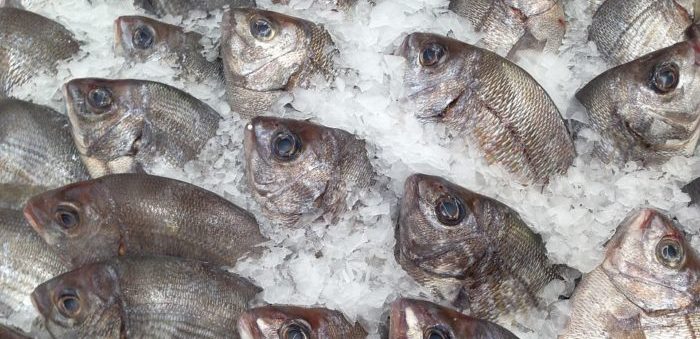Climate change is making an already difficult search for fish, harder, according to scientists at the Central Marine Fisheries Research Institute (CMFRI) in the nearby city of Kochi. Fishermen along India’s southwestern coast find nothing to fish. Because climate change has resulted to the warming of India’s coastal waters by more than a half a degree Celsius over the past 3 to 4 decades, fish populations are looking for cooler waters, making it difficult for fishermen to fish, according to Reuters.
Mainly, oil sardines used to swim in India. Yet, climate change made them swim east and northeast, into Mumbai and Kolkata.
Climate change is making fish from all over the planet move towards the globe’s pole, seeking for cooler water.
Moreover, fishermen are facing challenges when trying to catch mackerel. The latter is commonly found, nowadays, at depths where the water is cooler. Therefore, fishermen have to conduct days-long operations, requiring additional expensive nets, more manpower, more fuel and more ice to keep the fish fresh.
[smlsubform prepend=”GET THE SAFETY4SEA IN YOUR INBOX!” showname=false emailtxt=”” emailholder=”Enter your email address” showsubmit=true submittxt=”Submit” jsthanks=false thankyou=”Thank you for subscribing to our mailing list”]
Because of the changes, fuel for an average trip has risen from around 70,000 to 200,000 rupees ($980 to $2,800) over about the last 7 years, one fisherman, from the coastal city of Kanyakumari quoted in Reuters.
The cost of traders showered boxes 0f sardines has been increased. As a fisherman addressed, 3 to 4 years in the past a box costed $20. Today, the same box costs $70.
Another difficulty fishermen face today is that when pulling a trawl net, about 15-20% of what they get is considered ‘bycatch’, meaning less valuable species they weren’t looking for, according to CMFRI principal scientist Shyam Salim, who has studied climate change and vulnerability in India’s coastal communities.
In addition, fishermen most of the times sell bycatch to be used as animal feed.
Generally, higher fish prices enabled fishermen to maintain their income.
However, according to National Fishworkers Forum General Secretary Thomas Peter, a number of unlucky fishermen have been forced to buy food, nets, and new boats with loans from money lenders that they then struggle to pay back.
CMFRI principal scientist Shyam Salim, highlighted that Kerala fishermen aren’t able to bring extra income or find another job.
As of 2016, according to Zacharia, the number of regional fishermen had fallen to 130,000 from a height of 145,000.
Furthermore, Salim focuses on the younger generation that have surpassed their parents’ skills and project the fishing industry as ‘white collar jobs for the city’.
Now, to help the industry through the year, the government provides additional food during the monsoon season, when trawling is banned.
Fishermen can also get an income through an annual state-provided program.




























































